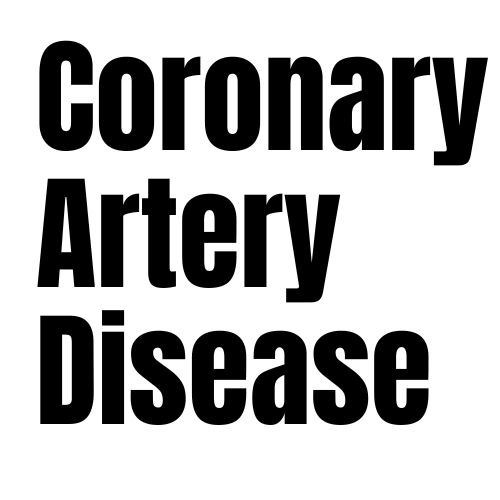Overview
For a long time, we thought of what causes Coronary Artery Disease (CAD), which leads to heart artery blockages, mainly as a problem of too much cholesterol simply building up. However, How do atherosclerotic plaques form in the heart arteries in the last decade, has dramatically changed: we now view it fundamentally as an inflammatory disorder. This means that the formation of these blockages, called atherosclerotic plaques, involves a complex interaction between risk factors (like high cholesterol or high blood pressure), cells within your artery walls, and even blood cells. Crucially, inflammation plays a major role at every step.
A key recent insight is the concept of “arterial remodeling.” This means that in many cases, plaques grow outwards first, expanding the artery wall rather than immediately narrowing the inside passage13. This “hidden” growth can make significant blockages hard to detect early on, as they might not cause symptoms until they become unstable or much larger
In Details
The process of atherosclerotic plaque formation, known as atherogenesis, is a detailed journey involving various steps and components:
• Initial Triggers and Endothelial Activation: It begins when the inner lining of your arteries, called the endothelium, encounters various irritants or risk factors. These can include substances from certain bacteria, high levels of fats (dyslipidaemia), hormones associated with high blood pressure (hypertension), products linked to high blood sugar (hyperglycaemia), or inflammatory signals from excess body fat. When the endothelium is exposed to these factors, its cells start to display “adhesion molecules” on their surface. These molecules act like sticky flags, encouraging certain white blood cells from your bloodstream—primarily immune cells called mononuclear phagocytes and T lymphocytes—to stick to the inner surface of the artery wall.
• Leukocyte Migration and Communication: Once these white blood cells adhere, they receive signals that help them move from the bloodstream into the inner layer of the artery, known as the intima. Inside the intima, these newly arrived immune cells begin to communicate with the artery’s own cells, including the endothelial cells and smooth muscle cells (SMCs). This communication involves a complex exchange of chemical messengers, such as various cytokines (proteins that mediate inflammation and immune responses), lipid mediators, and other substances that influence the artery’s behaviour. This interaction creates an “inflammatory ferment” within the early plaque.
• Smooth Muscle Cell Migration and Matrix Formation: A major consequence of this ongoing inflammation is the migration of smooth muscle cells (SMCs) from a deeper layer of the artery wall (the tunica media) into the intima. Once in the intima, these SMCs multiply and produce a rich and complex extracellular matrix, which is a kind of scaffolding material.
• Lipoprotein Trapping and Modification: Certain components of this matrix, particularly proteoglycans, can bind to lipoproteins (the carriers of cholesterol in your blood), prolonging their stay within the artery wall. This extended residence makes these lipoproteins more vulnerable to damage, such as oxidative modification or glycation (a non-enzymatic conjugation with sugars). These modified lipoproteins then sustain and propagate the inflammatory response within the developing plaque.
• Necrotic Core Formation and Plaque Progression: As the lesion progresses, cells can die, including lipid-laden macrophages, which are immune cells that have taken up a lot of fat. The death of these cells leads to the extracellular deposition of their contents, including substances that can trigger blood clotting, like tissue factor. This accumulation of extracellular lipid forms the classic, fatty “necrotic” core within the atherosclerotic plaque. Additionally, calcification, similar to bone formation, can occur within the plaque
What is “arterial remodelling”?
Arterial remodelling is the process where atherosclerotic plaques initially grow outwards, expanding the artery wall, rather than immediately growing inwards and narrowing the blood vessel. This means a significant amount of plaque can accumulate without causing a noticeable blockage that would be detected by angiography.
Can plaques go away?
While it’s not a complete “disappearance” in the sense of the artery becoming perfectly normal, aggressive management of risk factors can lead to the regression or shrinkage of atherosclerotic lesions. However, this shrinkage might occur internally within the artery wall, meaning the degree of narrowing seen on an angiogram might not significantly change, even as the plaque becomes less risky
Is CAD just about blocked arteries?
No, CAD is far more than just blocked arteries. It’s a complex, widespread inflammatory disease affecting the entire arterial system. While significant blockages can cause symptoms and require treatment, the underlying inflammatory process and the presence of numerous “hidden,” non-obstructive plaques are crucial to understanding and managing the disease
Resources
For more detailed information, you can refer to the source document:
• Libby, P., & Theroux, P. (2005). Pathophysiology of Coronary Artery Disease. Circulation, 111(25), 3481–3488.


Leave a Reply